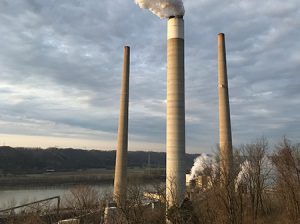
EPA cancels $7B Biden-era grant program to boost solar energy
Only $53 million of the $7 billion awarded has been spent, according to a tally by the research firm Atlas Public Policy. Several grant recipients this week said their programs were in planning phases.









